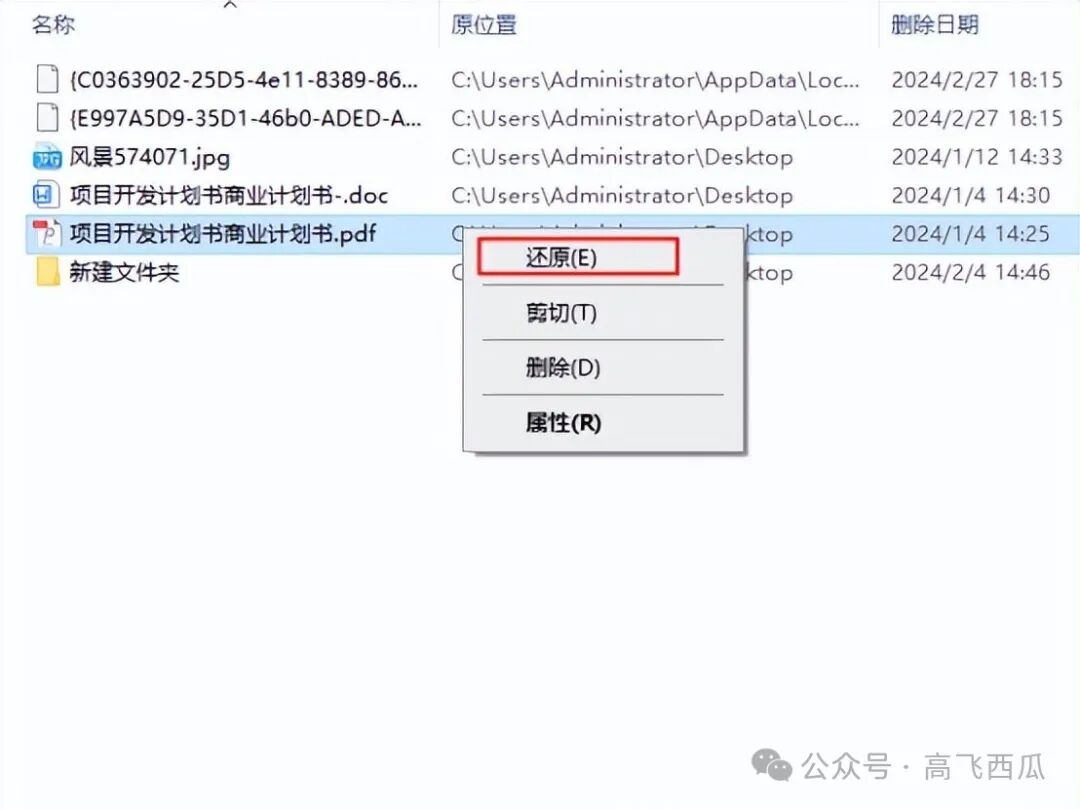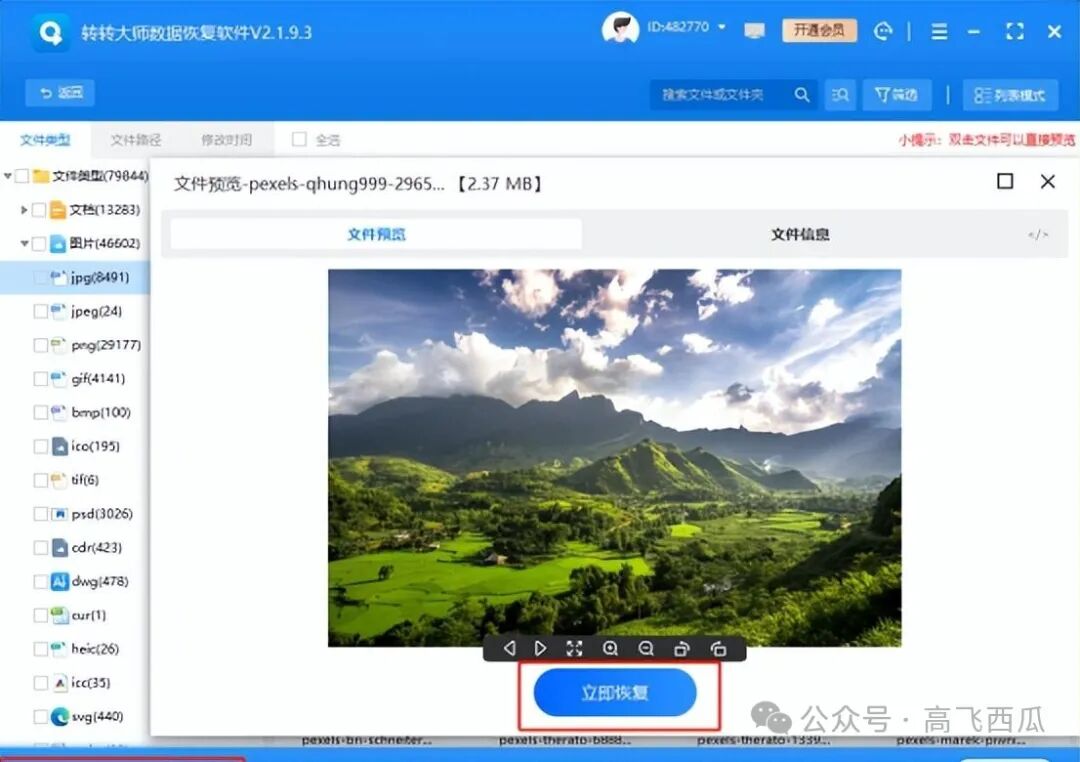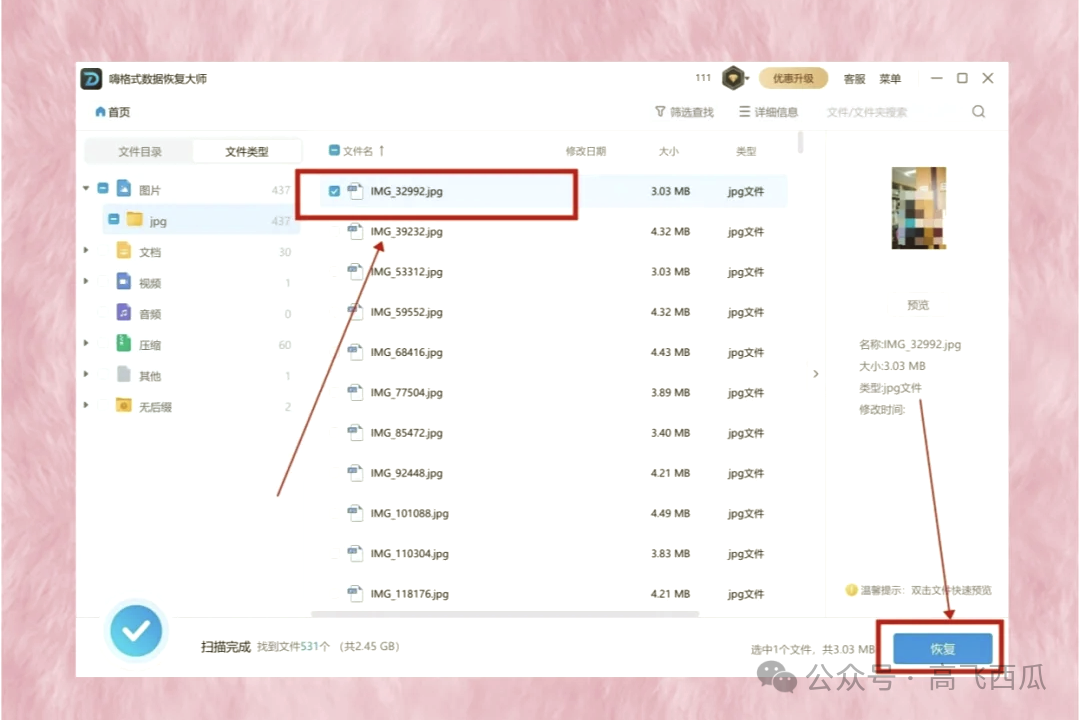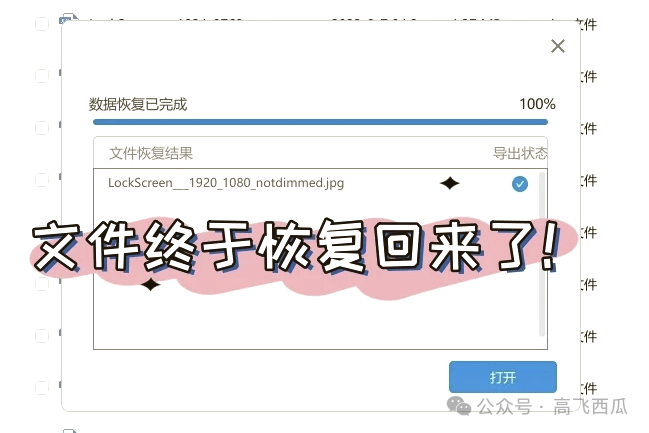In this digital age, SD cards have become an indispensable part of our daily lives as a convenient storage device.
Whether capturing beautiful scenery during travels or storing important files at work, SD cards play a crucial role.

However, accidental data deletion can happen frequently. How can we effectively recover deleted data in such situations?
Don’t worry, today I will share several practical recovery techniques to help you easily retrieve that valuable information.
1. Use Free Operating System Recovery
It is crucial to develop good usage habits when using SD cards.
For instance, before removing the SD card, always select the “Safely Remove Hardware” option through the operating system to ensure that data is properly handled and reduce the risk of damage.
If you accidentally delete files while organizing data, you can try using the built-in Recycle Bin feature of the system.
Simply open the Recycle Bin on your desktop, carefully filter the lost files, right-click, and select “Restore” to easily recover the data.
 This method is simple and quick, suitable for most users.
This method is simple and quick, suitable for most users.
2. Use Professional Software for Recovery
If the Recycle Bin does not help you recover the data, you can consider using professional data recovery software.
At this point, it is advisable to immediately stop using the SD card to prevent data from being overwritten.
Choosing a reputable data recovery software, such as “Zhuanzhuan Master”, can significantly increase the chances of successful recovery.
Such software typically has powerful scanning engines, and users just need to follow the prompts on the interface to quickly scan and recover lost data.
 The advantage of using professional software lies in its efficiency and user-friendliness, making it very suitable for ordinary users.
The advantage of using professional software lies in its efficiency and user-friendliness, making it very suitable for ordinary users.
3. Try CMD Command for Recovery
For some tech enthusiasts, using CMD commands for data recovery is also a good option.
First, connect the SD card to the computer, open the Run window, and enter “diskpart”, then select the SD card device.
Next, in the “Disk Management” panel, right-click on the USB flash drive, select “New Simple Volume” to start the wizard, and after completion, you can view the deleted data.
However, this method requires a certain level of computer knowledge, and improper operation may lead to further data damage, so it should be used with caution.
 4. Use Backup Restore for Recovery
4. Use Backup Restore for Recovery
To avoid data loss, regular backups are very important.
If you have previously enabled the system’s backup feature, recovering data will become much simpler.
Find “File History” in the Control Panel, select “Restore Personal Files”, and the system will attempt to recover the data you need from the backup.
Although this is not the preferred method, if you have a backup, it is indeed an effective recovery route.
5. Contact Professional Data Recovery Services
If none of the above methods successfully recover the data, seeking professional data recovery services may be the last resort.
 Professional service providers have advanced recovery equipment and rich experience, capable of providing efficient solutions for various complex situations.
Professional service providers have advanced recovery equipment and rich experience, capable of providing efficient solutions for various complex situations.
However, it should be noted that such services are usually quite expensive, so before deciding, you need to assess the value of the data to ensure it is worth the corresponding cost.
Conclusion
When facing accidental deletion of data from an SD card, it is very important to maintain a calm and optimistic attitude.
With the above methods, you can effectively address the issue of data loss. At the same time, regular data backups are the best strategy to prevent such problems.
Advancements in technology have provided us with multiple recovery avenues, and hope for solving the problem always exists.

Which recovery method do you think is the most effective? Or do you have other recovery techniques you would like to share with everyone?
Feel free to leave your comments and discuss in the comment section!